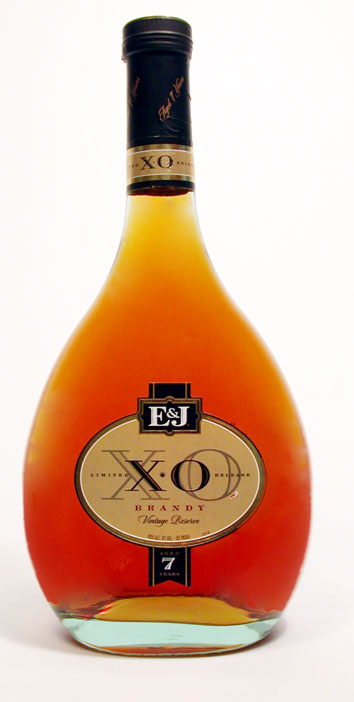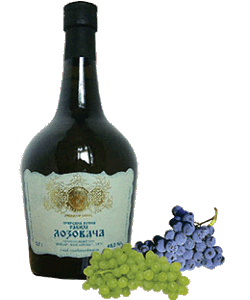COGNAC Brands
Brandy
Brandy (from brandywine, derived from Dutch brandewijn—"burnt wine") is a spirit produced by distilling wine. Brandy generally contains 35–60% alcohol by volume (70–120 US proof) and is typically taken as an after-dinner drink. Some brandies are aged in wooden casks, while some are simply coloured with caramel colouring to imitate the effect of such aging (and some brandies are produced using a combination of both aging and colouring).

Brandy is also produced from fermented fruits other than grapes, but these products are typically named eaux-de-vie.
In some countries, fruit flavouring or some other flavouring may be added to a spirit that is called "brandy"
Types
There are three main types of brandy. The term "brandy" denotes grape brandy if the type is not otherwise specified.
Grape brandy
Grape brandy is produced by the distillation of fermented grapes.

Fruit brandy
Fruit brandies are distilled from fruits other than grapes. Apples, peaches, apricots, plums, cherries, elderberries, raspberries, and blackberries, are the most commonly used fruits. Fruit brandy usually contains 40% to 45% ABV (80 to 90 US proof). It is often colourless. Fruit brandy is customarily drunk chilled or over ice, but is occasionally mixed (for example, blackberry brandy and Coca-Cola are mixed to make a popular New England drink called "the blackbird").

Pomace brandy
Pomace brandy (also called marc in both English and French) is produced by fermentation and distillation of the grape skins, seeds, and stems that remain after grapes have been pressed to extract their juice (which is then used to make wine). Most pomace brandies are neither aged nor coloured.
Labelling
Brandy has a traditional quality rating system, although its use is unregulated outside of Cognac and Armagnac. These indicators can usually be found on the label near the brand name:
· A.C.: aged two years in wood.
· V.S.: "Very Special" or 3-Star, aged at least three years in wood.
· V.S.O.P.: "Very Superior Old Pale" or 5-Star, aged at least five years in wood.
· X.O.: "Extra Old", Napoleon or Vieille Reserve, aged at least six years, Napoleon at least four years.
· Vintage: Stored in the cask until the time it is bottled with the label showing the vintage date.
· Hors d'age: These are too old to determine the age, although ten years plus is typical, and are usually of great[clarification needed] quality.
In the case of Brandy de Jerez, the Consejo Regulador de la Denominacion Brandy de Jerez classifies it according to:
· Brandy de Jerez Solera – one year old.
· Brandy de Jerez Solera Reserva – three years old.
· Brandy de Jerez Solera Gran Reserva – ten years old.
Traditionally, you should drink Brandy straight, from a brandy snifter, which is shaped so that it is warmed by your hand. Brandy is always known as a noble drink, it is perfect to have a glass of Brandy after dinner with a cigarette.
- Grand Marnier (17/07/2013)
- About Rémy Martin Cognac (09/06/2013)
- Hennessy Black Wine (06/06/2013)
- Hennessy XO (04/06/2013)
- Marcel Lapierre (26/05/2013)
- Camus Cognac (15/05/2013)
- What does Napoleon have to do with Cognac anyway? (13/05/2013)





